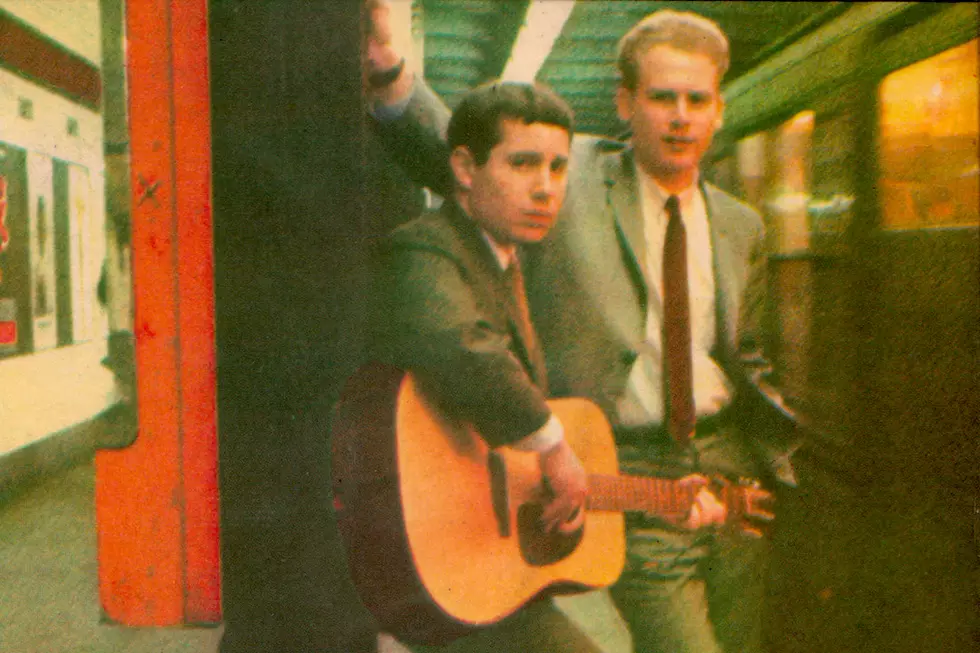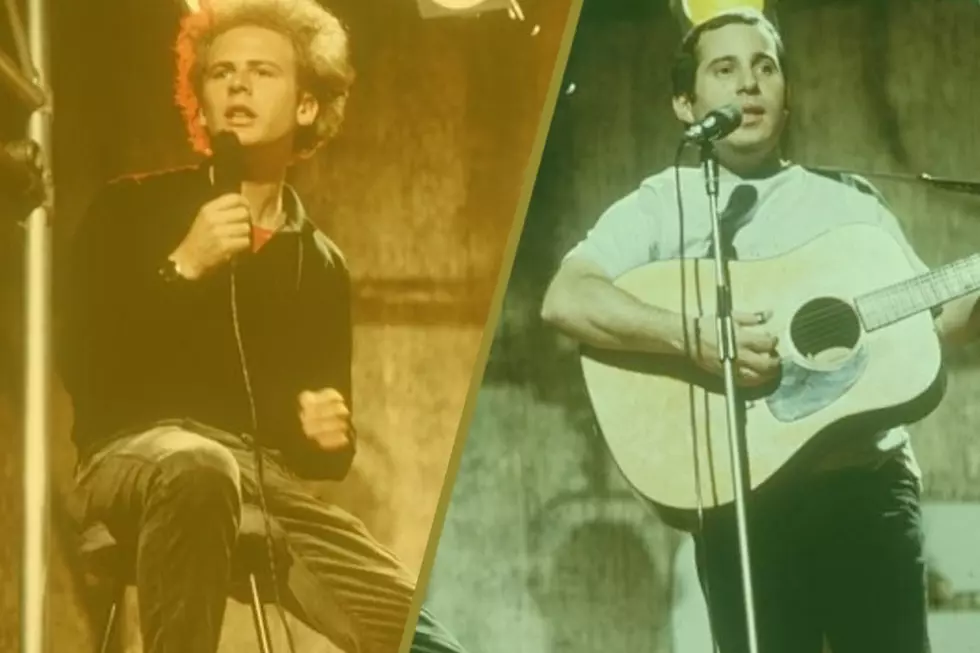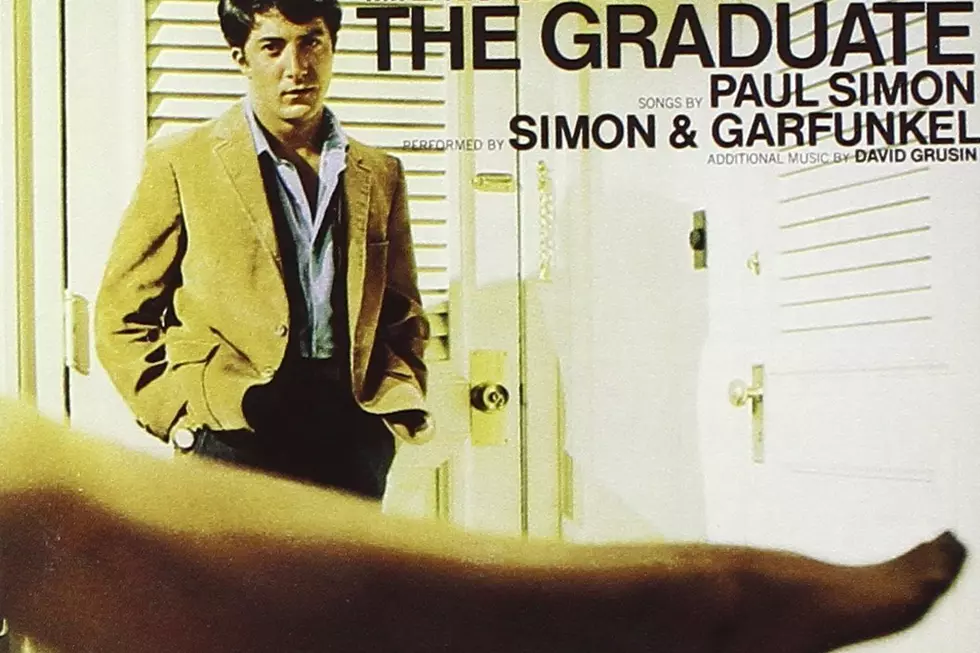
The Album That Almost Derailed Simon and Garfunkel
Wednesday Morning, 3 AM arrived as Simon and Garfunkel were still finding their inner voice, if not their actual ones.
Their debut album, released on Oct. 19, 1964, is perhaps best known for including the original, acoustic version of "The Sound of Silence" – and then for nearly ending what turned out to be a hall-of-fame partnership.
Completed in early 1964, the pretty, if largely unsubstantial Wednesday Morning, 3 AM, found Paul Simon and Art Garfunkel sticking close to an acoustic-focused sound that, by the time the album was issued in 1964, had been rendered utterly passe by the arrival of the Beatles. Columbia Records, completely misunderstanding the rising zeitgeist, actually subtitled the project "Exciting New Sounds in the Folk Tradition."
Not exactly. So thunderous was their opening flop that Simon and Garfunkel effectively split up. It would be another year before the album's enterprising producer, Tom Wilson, decided – in a stroke of career-saving genius – to add electric guitars and drums to the existing version of "The Sound of Silence," hurtling Simon and Garfunkel up the charts during an era in which artists like Bob Dylan reshaped rock 'n' roll after also abandoning folk music.
Dylan's acoustic songs, in fact, had a noticeable influence on Wednesday Morning, 3 AM. Simon and Garfunkel offered a tame version of "Times They Are a-Changing," and also included "Peggy-O," which Dylan regularly covered during his early days. Moreover, Simon's "He Was My Brother" owes no small debt to the his influence. But Dylan had moved on, and Simon and Garfunkel needed to as well.
Listen to Simon & Garfunkel's 'The Sound of Silence'
Instead, Wednesday Morning, 3 AM veered into too-precious reductions of Everly Brothers-style harmonizing, without the fully formed literary weight that marked their later successes. And their choice of source material didn't help.
An album-opening take on the gospel-folk song "You Can Tell the World" is more energetic than it is emotionally resonant. "Go Tell It on the Mountain" was just as ubiquitous at this point, at the tail-end of the folk-revival era, as it was uninteresting.
That said, in moments like "The Sun Is Burning" (Ian Campbell's dark warning of the dangers of nuclear war), "He Was My Brother" (in which Simon focuses on the fate of a slain freedom rider) and the ageless "The Sound of Silence," we see obvious hints as to what initially piqued producer Wilson's interest in Simon and Garfunkel – and the first outlines of a road map for where they'd go, once the wreckage of Wednesday Morning, 3 AM had been cleared away.
Simon and Garfunkel hastily reunited after the rocked-out update of "The Sound of Silence" went to No. 1 in 1965. Perhaps coming to understand the embryonic nature of their debut, Simon later rewrote the title song as "Somewhere They Can't Find Me" on their belated follow-up.
By then, Simon and Garfunkel had become stars, and Wednesday Morning, 3 AM was enough of a curio, that – after the album's re-release in January 1966 – it eventually went platinum. Simon and Garfunkel followed Wilson's lead, recording the Sounds of Silence album with a rock back backing them up.
Paul Simon / Simon and Garfunkel Albums Ranked
More From Ultimate Classic Rock









